The relationship between birds and native plants represents one of nature’s most intricate and vital partnerships. Birds rely on native plants for food, shelter, and nesting sites, while plants depend on birds for pollination and seed dispersal. This symbiotic relationship has evolved over thousands of years, creating ecological connections so deep that the disappearance of native plants could trigger devastating consequences for bird populations. As urban development expands and non-native species proliferate in our landscapes, understanding what would happen if the native plants that birds love suddenly disappeared becomes increasingly important. The potential ripple effects throughout our ecosystems could reshape bird communities and alter environmental dynamics in ways both visible and invisible.
The Essential Bond Between Birds and Native Plants
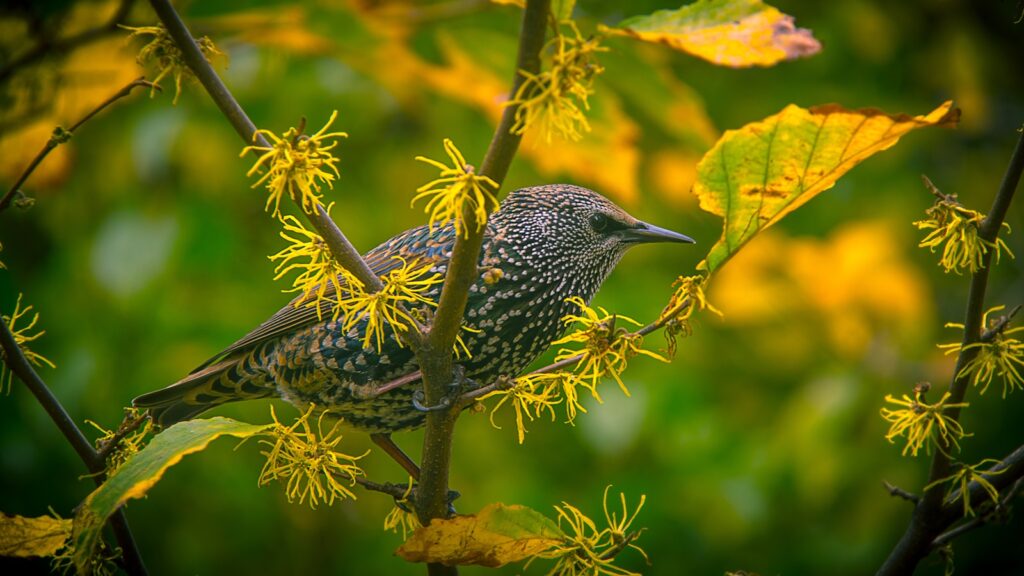
Native plants and birds share an evolutionary history that spans millennia, creating perfectly synchronized relationships. Unlike non-native plants, native species produce fruits, seeds, and nectar at precisely the times when resident and migratory birds need them most. These plants also host specific insect species that comprise the primary diet for many bird species, especially during nesting season when protein-rich food is essential for developing chicks. Research by entomologist Doug Tallamy has demonstrated that native oak trees can support over 500 species of caterpillars, while non-native ginkgo trees might support just a handful. This vast difference in insect abundance directly affects birds’ ability to find sufficient food, making native plants irreplaceable components of healthy bird habitats. The disappearance of these plants would sever ancient ecological connections that birds have relied upon for countless generations.
Nutritional Crisis: How Native Plant Loss Affects Bird Diets
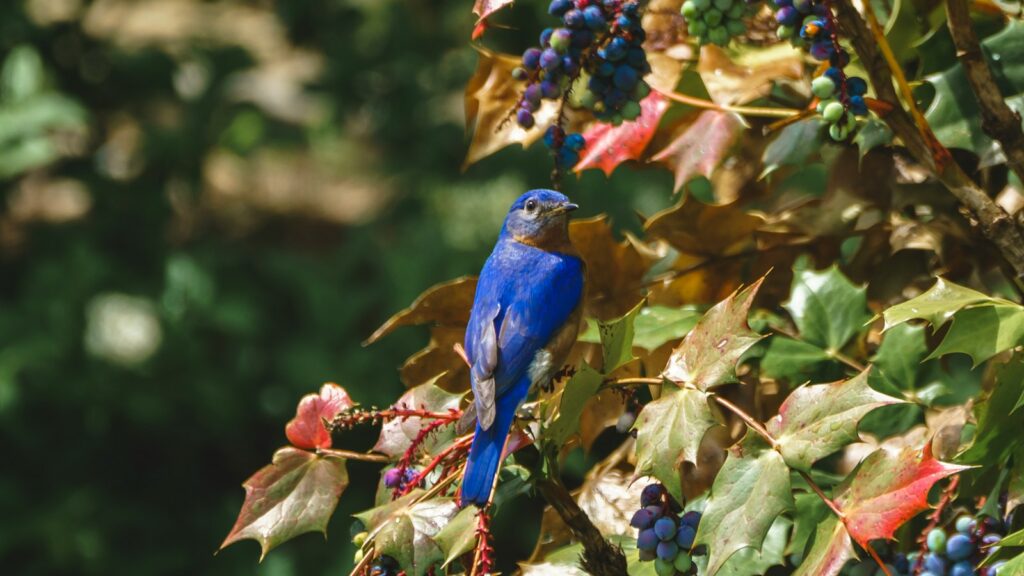
The sudden disappearance of native plants would trigger an immediate nutritional crisis for many bird species. Native plants produce berries, seeds, nuts, and fruits with specific nutritional profiles that align perfectly with birds’ dietary needs throughout their annual cycles. For instance, the high-fat content of dogwood and viburnum berries provides crucial energy for migratory birds preparing for long journeys. Non-native alternatives often lack comparable nutritional value or may contain compounds birds haven’t evolved to process efficiently. Additionally, the timing of fruit production in native plants precisely matches migration patterns and breeding cycles, ensuring food is available when birds need it most. Without these specialized food sources, birds would face malnutrition, reduced reproductive success, and possibly starvation as they struggle to meet their energy requirements from less suitable food sources.
Nesting Habitat Destruction: More Than Just Food Sources

Native plants provide crucial structural habitat for bird nesting that non-native alternatives often cannot replace. The architecture of native trees, shrubs, and grasses offers specific branch patterns, foliage density, and structural characteristics that birds have adapted to use for nest building and concealment. Cardinals prefer the thorny protection of native rose species, while orioles carefully weave their hanging nests from the pliable branches of native maples and elms. The disappearance of these native species would eliminate these perfectly suited nesting sites, forcing birds to use suboptimal locations that may offer less protection from predators and weather. Research has shown that nesting success rates decline significantly when birds nest in non-native vegetation, resulting in fewer offspring surviving to adulthood. This reproductive disruption could rapidly accelerate population declines across multiple bird species.
Insect Population Collapse: Breaking the Food Chain
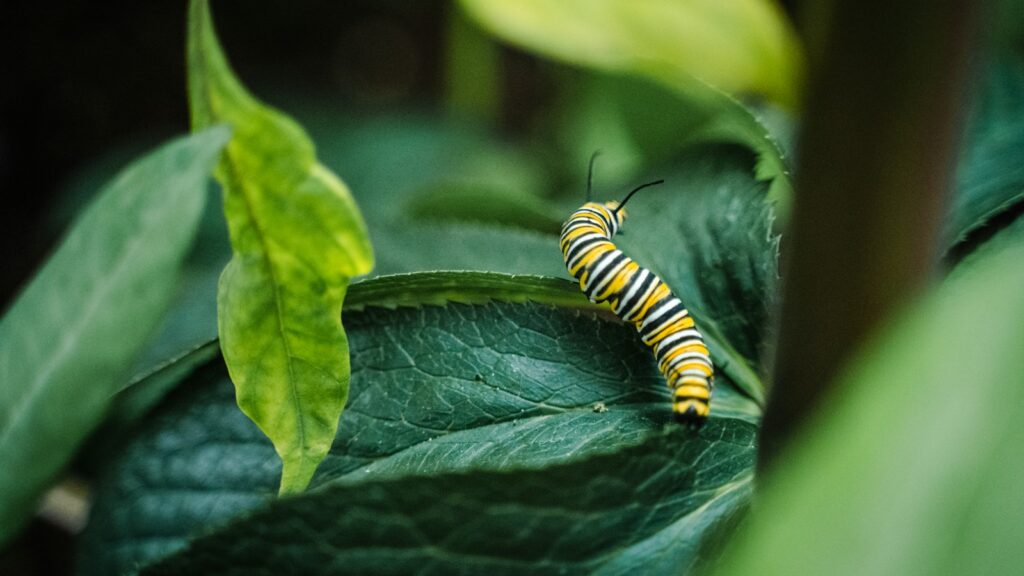
Perhaps the most devastating consequence of native plant disappearance would be the collapse of insect populations that form the base of the avian food chain. Native insects have co-evolved with native plants, often developing specialized relationships where they can feed on only specific plant species. When these plants disappear, the insects that depend on them also vanish, creating a catastrophic break in the food web. Birds that rely on insects—roughly 96% of terrestrial North American bird species feed insects to their young—would face severe food shortages. The timing would be especially devastating during breeding season when parent birds must collect thousands of caterpillars and other insects daily to feed their growing nestlings. Without this protein-rich food source, nestling survival rates would plummet, potentially leading to population crashes for insectivorous bird species within just a few generations.
Migration Pathway Disruption: Fuel Stations Closed
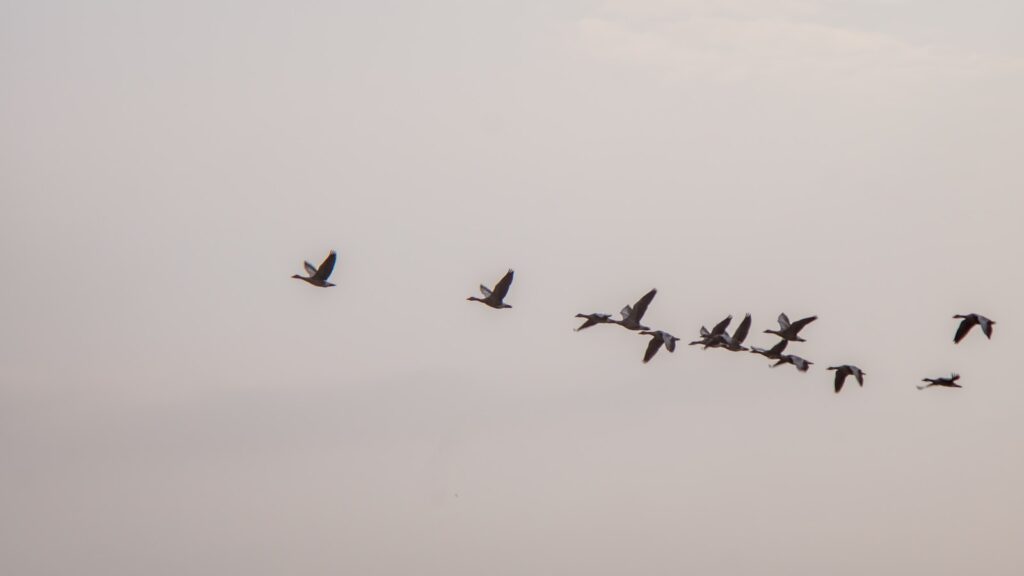
For migratory birds, native plants serve as critical refueling stations along their arduous journeys. These plants provide energy-dense foods at precisely the right times and locations to support birds during their seasonal movements. The synchronization is so precise that many migrants time their journeys to coincide with specific plant fruiting periods along their routes. The disappearance of these native plant “fuel stations” would disrupt migration patterns that have evolved over thousands of years. Birds would be forced to fly longer distances without adequate nutrition, depleting their fat reserves and risking exhaustion or death before reaching their destinations. Research tracking migratory species has already documented population declines in birds that pass through areas with reduced native plant coverage. The complete disappearance of these plants could sever ancient migratory routes and lead to dramatic population crashes among long-distance migrants.
Specialist Species: The First Casualties
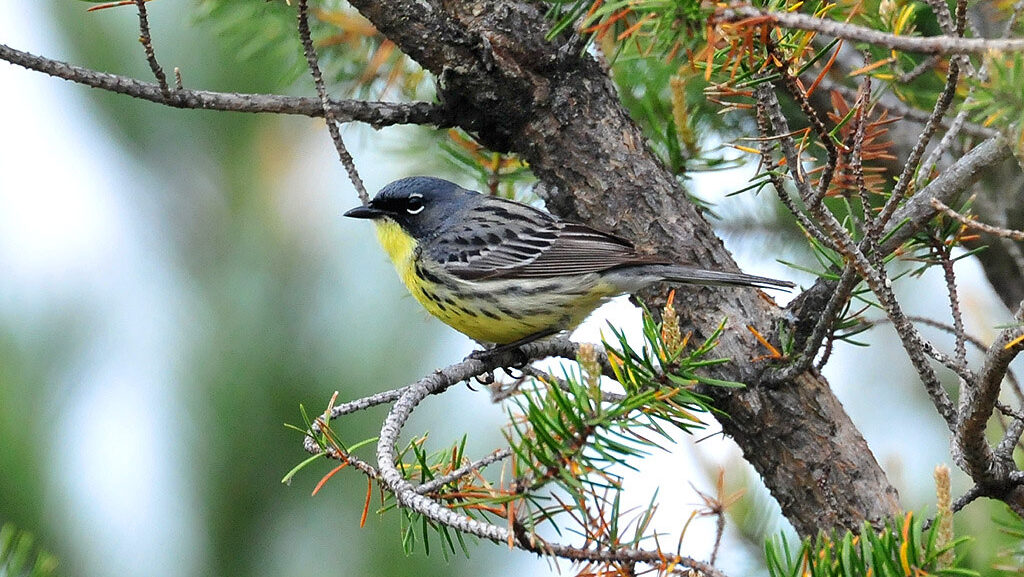
While many bird species would suffer from native plant loss, specialist species would face the most immediate and severe consequences. Birds like the Kirtland’s Warbler, which nests exclusively in young jack pine forests, or the Clark’s Nutcracker, which depends heavily on whitebark pine seeds, have evolved such specific relationships with particular native plants that they cannot adapt quickly to their absence. These specialist species often have physical adaptations—specialized bill shapes or digestive systems—designed specifically for utilizing certain native plant resources. Without these plants, these bird species lack the evolutionary flexibility to quickly switch to alternative resources. The disappearance of native plants would likely lead to the rapid extinction of these specialist species, representing an irreplaceable loss of biodiversity that has evolved over millions of years. Conservation efforts often focus on these specialist relationships precisely because they are so vulnerable to disruption.
Cascading Ecosystem Effects: Beyond Birds
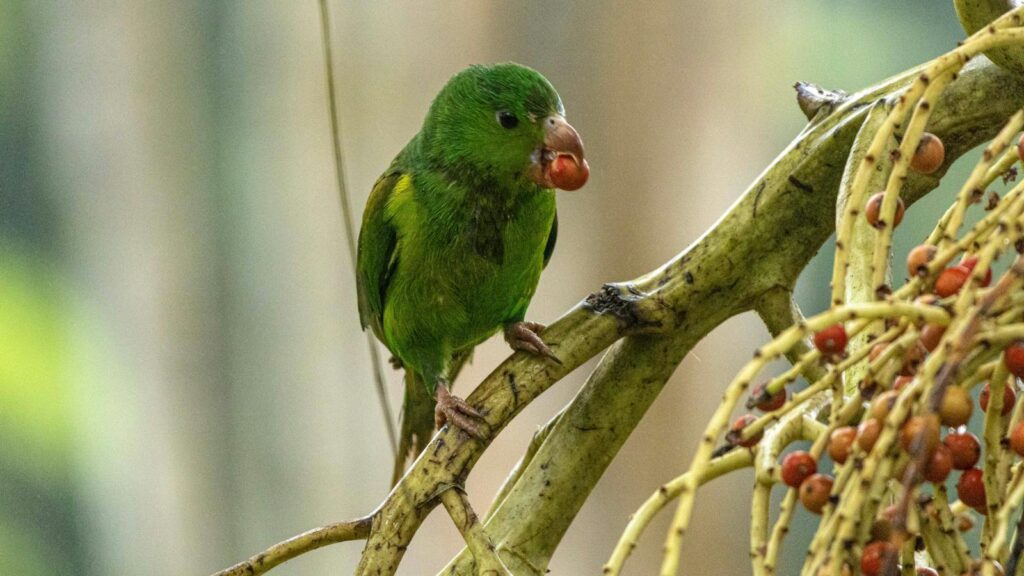
The relationship between birds and native plants extends far beyond the birds themselves, creating ripple effects throughout entire ecosystems. Birds serve as important seed dispersers, carrying the seeds of native plants to new locations after consuming their fruits. Without birds to distribute seeds, plant reproduction and forest regeneration would be severely compromised in many ecosystems. Additionally, birds control insect populations, including potential pest species that could damage remaining vegetation if left unchecked. The absence of birds due to native plant loss could lead to insect population explosions, further stressing plant communities and potentially leading to additional plant species losses. These cascading effects could transform entire landscapes over time, altering everything from soil composition to water cycles as the complex web of ecological interactions unravels. The full extent of these ecosystem changes would likely take decades to fully manifest but could ultimately result in dramatically simplified and less resilient natural communities.
Climate Change Vulnerability: Loss of Resilience
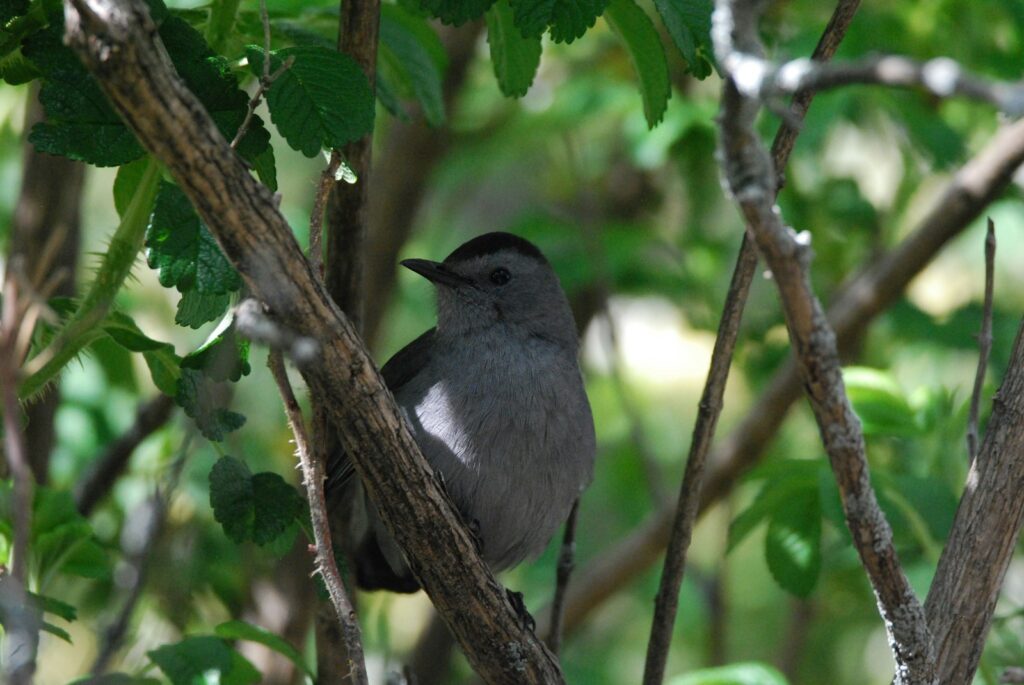
Native plant communities provide birds with crucial resilience against climate change impacts, offering microhabitats that can buffer temperature extremes and weather fluctuations. The diverse structure of native plant communities creates varied microclimates—shaded understories, cool forest edges, and protective thickets—that birds can utilize to escape heat waves, cold snaps, or severe storms. Without these native plant refuges, birds would be more directly exposed to increasingly erratic weather patterns and temperature extremes predicted under climate change scenarios. Research has demonstrated that areas with intact native plant communities support more stable bird populations during weather extremes than areas dominated by non-native vegetation. The loss of native plants would therefore compound climate vulnerability for birds, removing a critical buffer just as environmental conditions become more challenging. This double threat could accelerate population declines even among currently common species.
Reproductive Timing Mismatches: An Unseen Threat
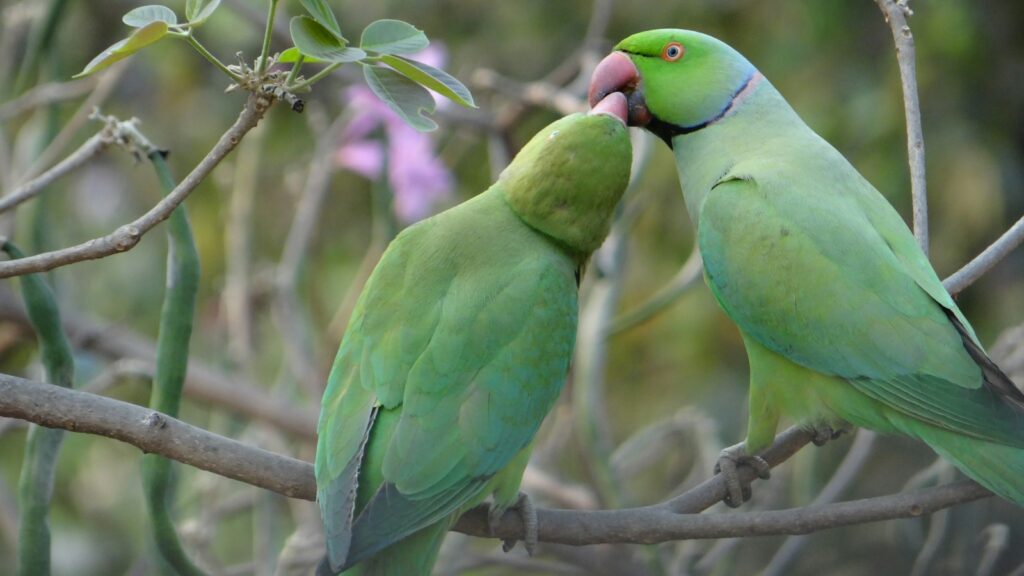
Native plants and birds have synchronized their life cycles over evolutionary time, creating precise timing relationships that ensure resources are available when needed. For example, many bird species time their egg-laying so that nestlings hatch exactly when caterpillar populations peak on native trees, ensuring abundant food for growing chicks. The disappearance of native plants would disrupt these finely tuned timing relationships, creating mismatches between bird breeding cycles and food availability. Studies in areas where native plants have been replaced with non-natives show that birds often continue to breed according to their evolutionary timing, even when the peak food abundance now occurs at different times or doesn’t occur at all. These phenological mismatches lead to reduced nestling survival and decreased reproductive success, potentially causing population declines even in otherwise suitable habitats. The invisible nature of these timing relationships makes them particularly vulnerable to disruption.
Urban and Suburban Implications: Islands of Extinction
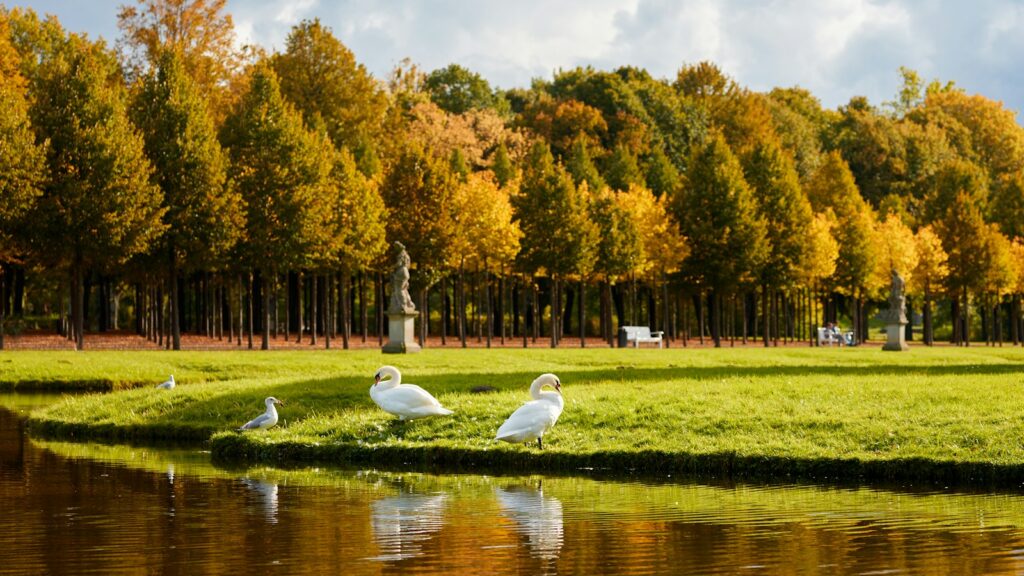
In urban and suburban environments, where natural areas are already fragmented, the loss of native plants would turn these landscapes into virtual “islands of extinction” for many bird species. Native plants in yards, parks, and remnant natural areas currently serve as critical stepping stones connecting larger habitat patches and supporting surprising bird diversity even in developed areas. Research has shown that urban areas with at least 70% native plant coverage can support nearly as many bird species as nearby natural areas, while neighborhoods dominated by non-natives support significantly fewer species. The complete disappearance of native plants from these human-dominated landscapes would eliminate these vital habitat connections, effectively isolating bird populations and preventing movement between remaining natural areas. Urban birds would be particularly vulnerable to local extinction as they lose these last remaining habitat resources in an already challenging environment.
Economic and Cultural Impacts: Human Consequences
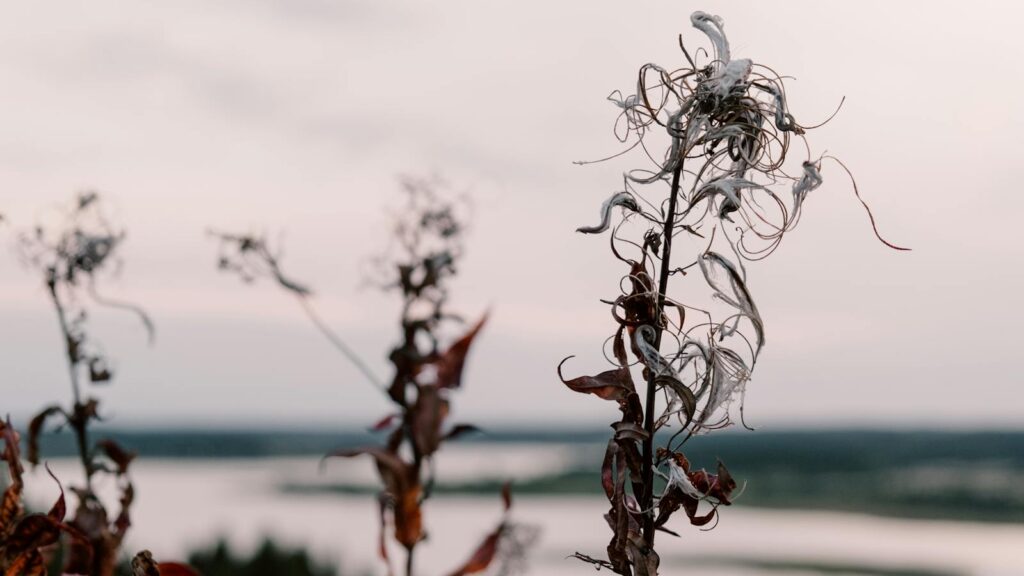
The disappearance of birds following native plant loss would generate significant economic and cultural impacts for human communities. Birds provide valuable ecosystem services including pest control, seed dispersal, and pollination that benefit agriculture and forestry—services estimated to be worth billions of dollars annually. Without birds fulfilling these ecological roles, agricultural systems could face increased pest pressures and reduced productivity, potentially affecting food security and prices. Beyond economics, birds hold important cultural significance across human societies, inspiring art, music, literature, and spiritual practices. Birdwatching represents one of America’s most popular outdoor activities, supporting a multi-billion dollar industry of equipment, travel, and tourism. Communities that currently benefit from bird-related tourism would face economic hardship as bird diversity declined. The cultural and psychological benefits people derive from bird song, flight, and presence would also diminish, representing a less quantifiable but equally significant loss to human well-being.
Conservation Responses: Preventing the Crisis
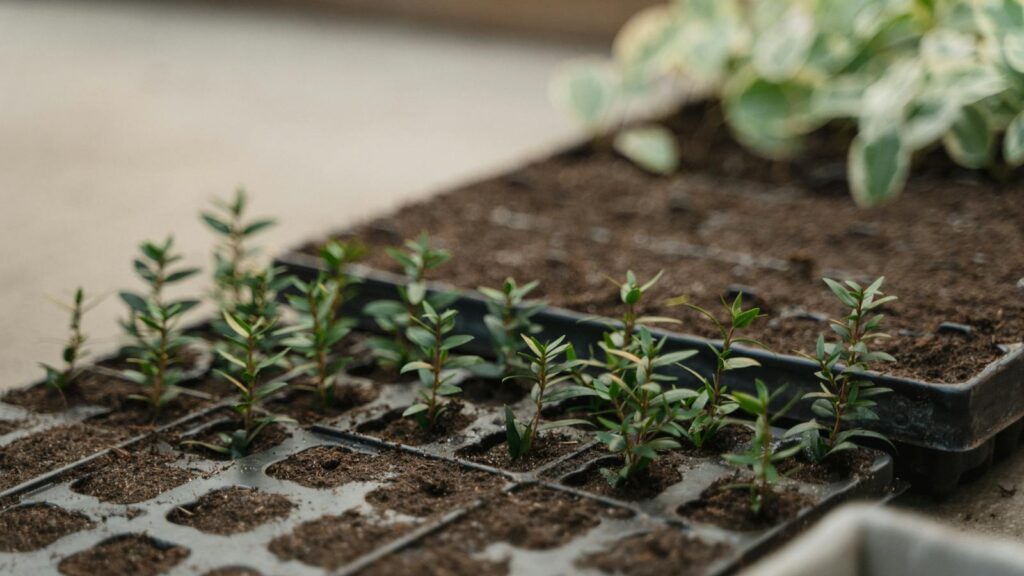
The potential crisis triggered by native plant disappearance has spurred important conservation responses aimed at preventing this scenario from becoming reality. Organizations like the National Audubon Society, National Wildlife Federation, and numerous local native plant societies have launched initiatives promoting native plant landscaping in both public and private spaces. These programs educate gardeners, landscape architects, and municipal planners about the critical connections between native plants and bird conservation. Additionally, restoration ecologists are developing innovative approaches to reintroduce native plant communities in degraded landscapes, creating habitat corridors that reconnect fragmented natural areas. Seed banking initiatives preserve the genetic diversity of native plant species threatened by development, climate change, and invasive species. These conservation responses demonstrate that while the threat is serious, practical solutions exist that can maintain and restore the critical relationships between birds and the native plants they love.
Conclusion
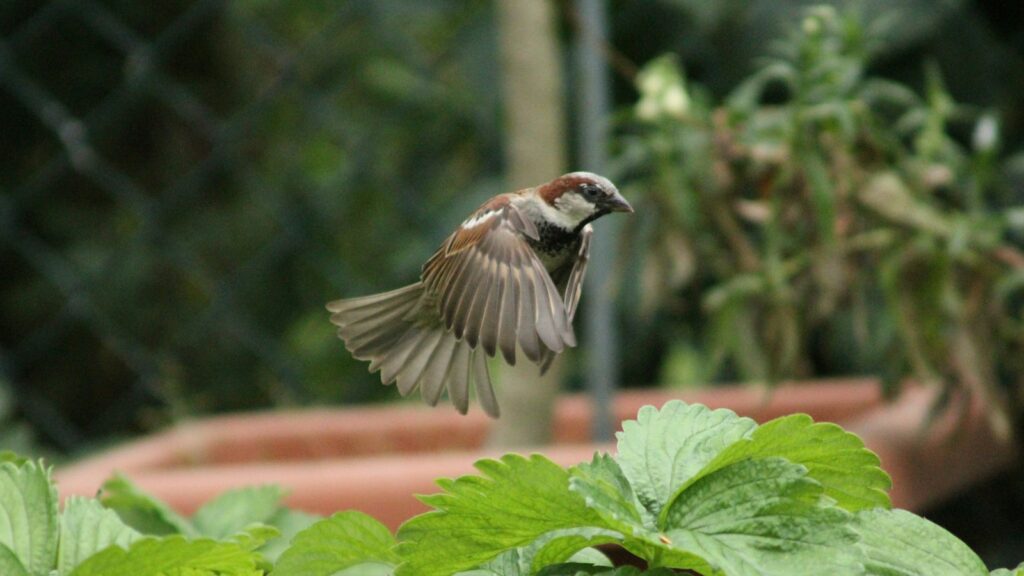
The sudden disappearance of native plants that birds love would trigger an ecological crisis with far-reaching consequences. From immediate food shortages to disrupted nesting habitats, from broken migration pathways to cascading ecosystem effects, the impacts would fundamentally alter bird communities and the environments they help maintain. This ecological unraveling highlights the deep interconnectedness of species that have evolved together over millennia. Rather than viewing this hypothetical scenario as inevitable, we should see it as a compelling call to action—a reminder of why protecting and restoring native plant communities represents one of the most effective conservation strategies available. By maintaining these ancient botanical-avian relationships, we not only preserve bird diversity but also strengthen ecosystem resilience in the face of ongoing environmental challenges.
